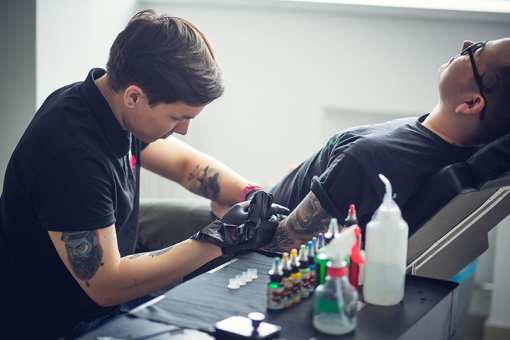The History of the Witte Museum
The Beginning
Botanist and high school teacher Ellen Schultz began her goal of starting a museum for the growing city of San Antonio in 1923. She began fundraising to acquire the well-known H.P. Attwater natural history collection the same year. Schultz and other interested local citizens including Lena McAllister, Ethel Drought and Mayor John Tobin formed the San Antonio Museum Association. Schultz organized schoolchildren to raise funds to acquire the Attwater Collection by selling bluebonnets and cakes and doing historical performances of Los Pastores. They raised enough funds and the natural history collection was purchased and installed at Main Avenue High School on October 8, 1923.
San Antonio businessman Alfred W. Witte died September 22, 1925, leaving $65,000 to fund a museum in Brackenridge Park. The gift was unexpected and the members of the San Antonio Museum Association went to work with Mayor Tobin and Architect Robert Ayers on the new museum named for Witte’s parents. The site chosen was the location of the original Spanish Acequia Madre de Valero, or irrigation canal, that supplied water to the Alamo mission and the surrounding colonial farms. The Witte Museum opened just over a year later to a huge community celebration on October 8, 1926.
A Growing Institution
Through the late 1920s and 1930s Ellen Schultz Quillin worked for a dollar-a-year salary and managed a total operating budget of $100. While always short of funds, the museum grew rapidly adding paintings and historical artifacts. The collection additions included some of the most important pieces in the now vast Witte holdings.
Both the San Antonio Art League and the San Antonio Conservation Society operated out of the Witte Museum. Throughout the 1930s the Witte Museum became a gathering place for artists, researchers, scholars, and the general community. To raise money, dances, chuck wagon dinners, and classes on a number of subjects were scheduled and became increasingly popular. Some of the most popular classes were art instructional classes led by some of the most important artists in the area. The art classes continued for decades and some now well-known Texas artists took their first art lessons at the Witte Museum.
During the 1930s, the Witte began supporting archeological research in the canyons of the Lower Pecos area and the almost inaccessible areas of the Big Bend. The pioneering expeditions were led by the Southwest Texas Archeological Society with support and staffing from the Witte Museum. The efforts led to the building of new galleries at the Witte and expanded financial support, not to mention the important research findings and addition to the collections, now the finest of their kind in the world.
The Reptile Garden, another fundraising plan by Ellen Schultz Quillin, opened in the 1930s. Eight-hundred visitors attended opening day paying ten cents each to see the program. A professional herpetologist demonstrated milking rattlesnakes in the outdoor facility and did continuing research to develop an anti-venom serum. The Reptile Garden programs were a hit with the public and a great source of income through and after the depression. Fried rattlesnake was also served at the Reptile Garden and the Rattlesnake Dinners continued as a fundraising event for sixteen years.






